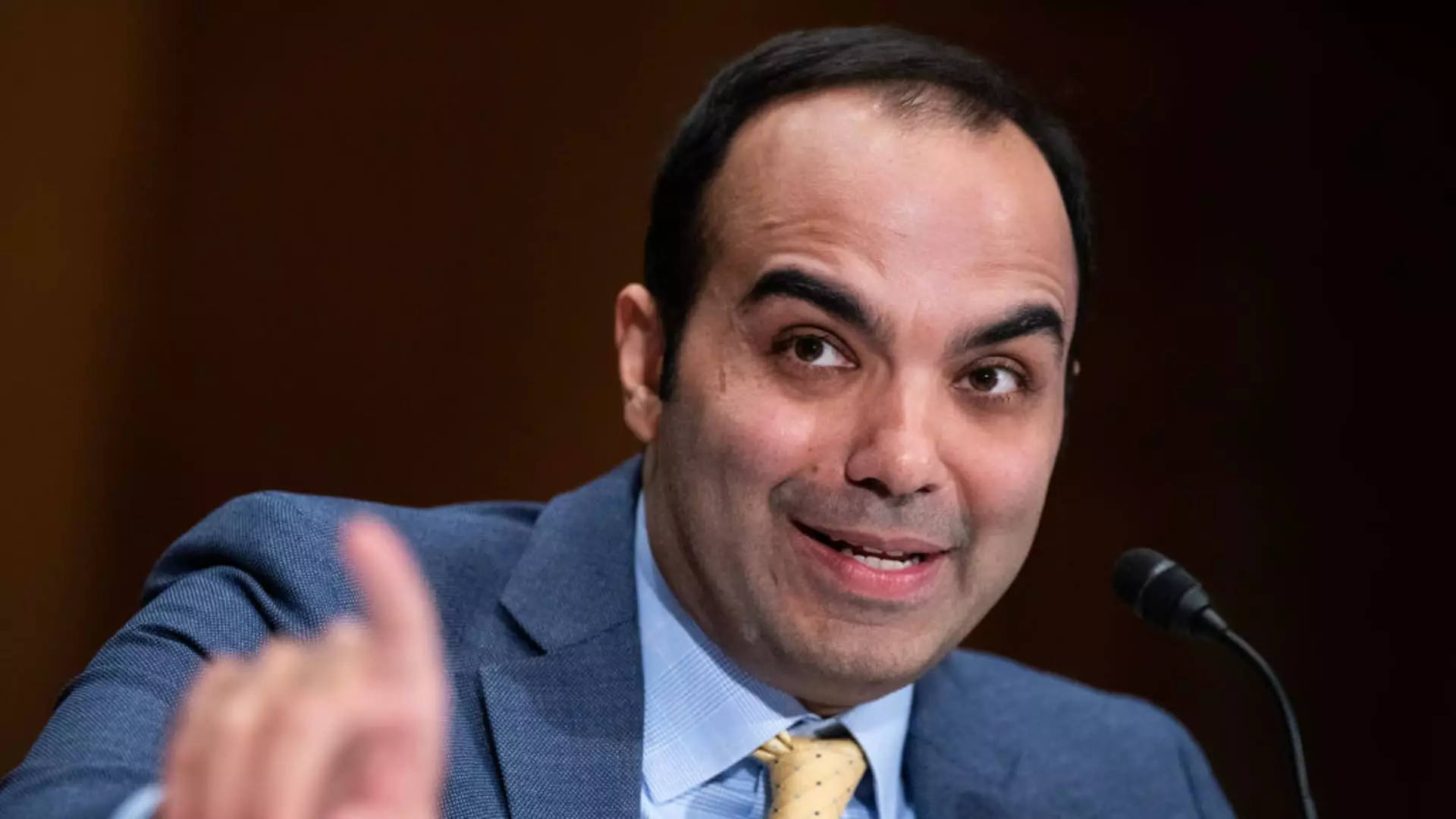The Consumer Financial Protection Bureau (CFPB) has pioneered a crucial update that aims to strengthen regulatory oversight of nonbank financial entities. On Thursday, the Bureau finalized a rule that extends its supervisory authority to major technology companies and payment services that handle a significant volume of transactions. This marked shift illustrates a growing recognition of the necessity to align the operational standards of tech companies and traditional banking institutions, thereby enhancing consumer protection in an increasingly digital financial landscape.
The CFPB’s new regulation specifically targets nonbank firms processing a minimum of 50 million transactions annually. Among the entities falling under this scrutiny are well-known tech giants such as Apple, Google, and Amazon, alongside fintech innovators like PayPal, Block, and popular peer-to-peer platforms including Venmo and Zelle. By drawing this line, the CFPB indicates a clear intention to ensure that these nonbank firms comply with regulations traditionally meant for banks and credit unions, thereby safeguarding consumer interests and financial integrity.
Rohit Chopra, the CFPB Director, emphasized the transition of digital payment systems from mere novelties to essential financial tools in everyday life. The ubiquity of payment apps has indeed transformed how Americans handle their finances—many now treat them as substitute bank accounts. With more than 13 billion consumer payments processed through these platforms annually, the exclusion of robust oversight would compromise consumer safety and privacy. The evolution of these services demands a regulatory framework that keeps pace with technological progress, as underscored by the CFPB’s actions.
This newly instituted regulation aims to achieve three primary objectives: enhancing consumer privacy, mitigating fraud risks, and preventing unlawful account closures. With proactive examinations of these firms, the CFPB is empowered to demand records and conduct employee interviews to ensure compliance with financial regulations. Such measures are designed to instill a greater sense of accountability among tech companies, many of which previously operated with limited oversight despite offering critical financial services.
Notably, the initial proposal set the bar for scrutiny at 5 million transactions per year, which would have ensnared a broader pool of companies—approximately 17 in total. However, after deliberation, the threshold was raised to 50 million, resulting in a more focused oversight regime that now encompasses just seven firms. This adjustment has significant implications, as it narrows the regulatory focus while still addressing the most impactful players in the digital payment sphere. It’s important to note, though, that payment applications with a limited scope, such as those exclusively used by a single retailer like Starbucks, are exempt from this rule.
In a noteworthy twist, this rule has garnered public support from the traditional banking sector, which has historically been wary of the encroaching influence of fintech and tech firms in the financial services market. Institutions such as the Consumer Bankers Association view the new oversight as a significant safeguard for consumers. They argue that it helps level the playing field and ensures that non-bank entities bear similar responsibilities regarding consumer protection. Lindsey Johnson, the association’s president, communicated optimism over the rule, suggesting the oversight will enhance compliance across the sector.
As financial technology continues to progress, the implications of the new CFPB rule serve as a bellwether for future regulatory actions. While the new administration might pose uncertainties regarding long-term regulatory directions, the trend towards increased oversight of tech firms reflects a broader societal shift towards accountability in the digital finance space. Virtual wallets and payment applications have transitioned into crucial financial instruments for millions, demanding an equally robust regulatory framework to protect consumers effectively.
Ultimately, this rule marks a pivotal step in bridging the gap between tech-driven financial services and traditional banking, likely influencing how both industries will evolve in the years to come. As digital payments become more entrenched in American life, maintaining robust consumer protections will be paramount.

